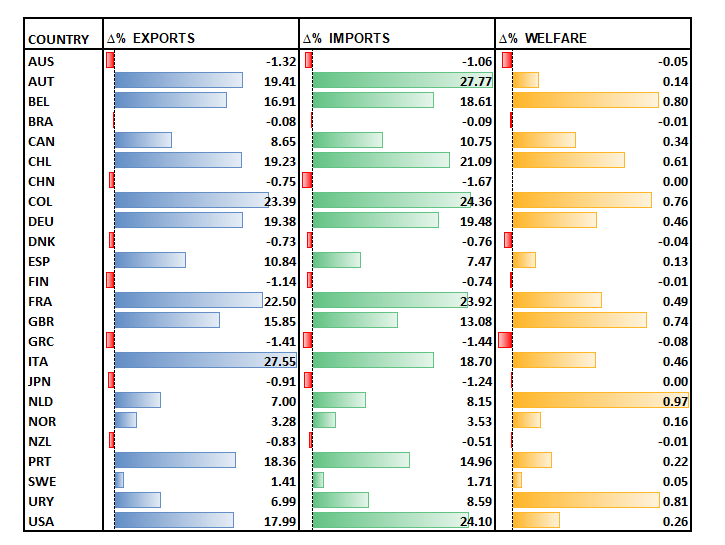References
Accominotti O. and M. Flandreau (2008), “Bilateral Treaties and The Most-Favored-Nation Clause: The Myth of Trade Liberalization in the Nineteenth Century”, 60, pp. 147-188.
Baier S.L., Y.V. Yotov and T. Zylkin (2019), “On the widely differing effects of free trade agreements: Lessons from twenty years of trade integration”, Journal International Economics, 116, pp. 206-226.
Felbermayr G., M. Larch., E. Yalcin and Y.V. Yotov (2020), “On the Heterogeneous Trade and Welfare Effects of GATT/WTO Membership”, Drexel Univerisity Schhool of Economics Working Paper Series WP 2020-12, September.
Jacks D.S., C.M. Meissner and D. Novy (2010), “Trade costs in the first wave of globalization”, Explorations in Economic History, 47, pp. 127-141.
Lampe M. (2009), “Effects of Bilateralism and the MFN Clause on International Trade: Evidence for the Cobden-Chevalier Network, 1860-1875”, The Journal of Economic History, 69, pp. 1012-1040.
Pascali L. (2017), “The Wind of Change: Maritime Technology, Trade, and Economic Development”, American Economic Review, 107, pp. 2821-2854.
Timini J. (2021), “Revisiting the ‘Cobden-Chevalier Network’ trade and welfare effects”, Documentos de Trabajo Banco de Espan a nº2122.
Yotov Y.V. (2021), “The Variation of Gravity Within Countries”, LeBow College of Business – Drexel University – School of Economics Working Paper Series n.2021-12.




